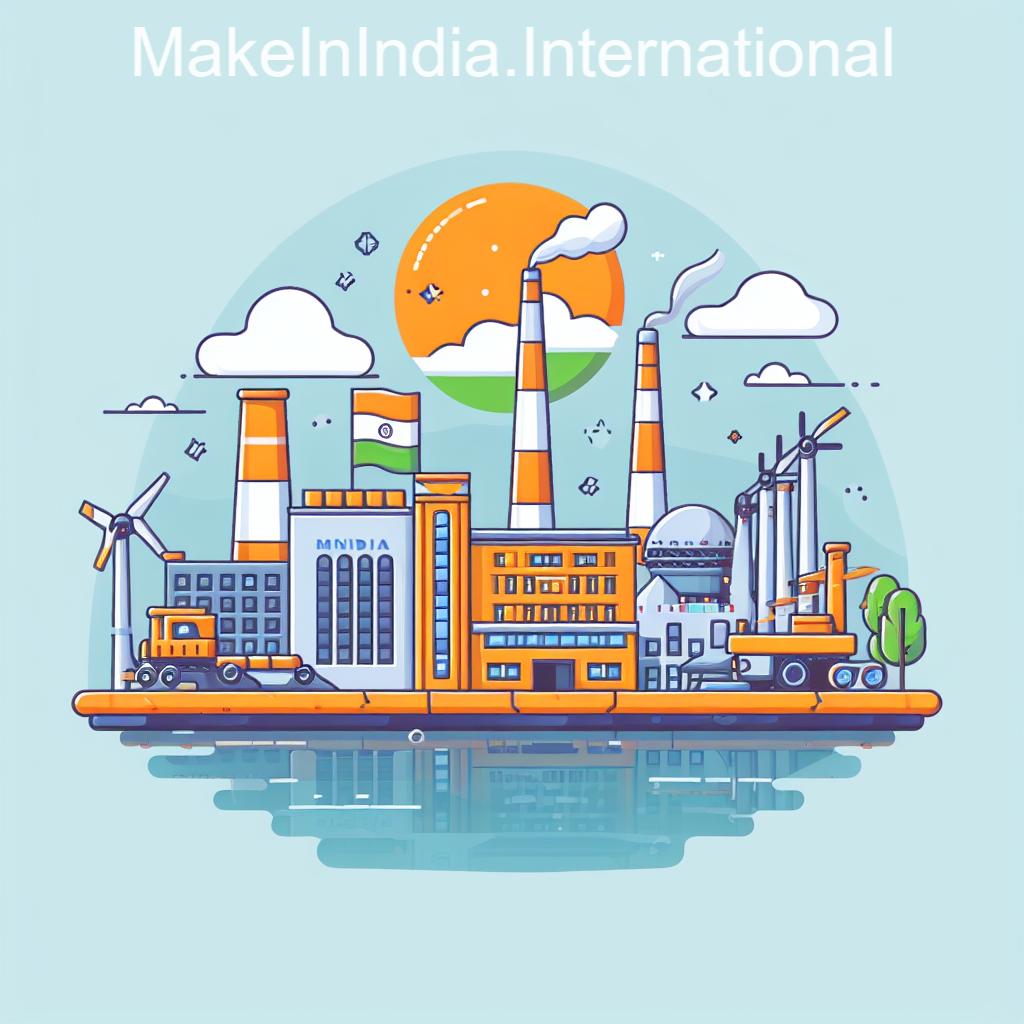Make in India: Prioritizing Sectors for Growth and Transformation
While Make in India encompasses a wide range of industries, it strategically prioritizes 25 key sectors to drive economic growth, technological advancements, and job creation. Here’s a deep dive into some of the most prominent sectors and the opportunities they offer:

1. Automobiles:
- Vision: To make India a global leader in electric vehicles (EVs), auto components, and automotive R&D.
- Opportunities: Generous incentives for EV production, including exemption on GST (Goods and Services Tax) on lithium-ion batteries, attract major automakers like Tesla and Suzuki. Increased focus on component manufacture creates a robust supply chain ecosystem.
- Future Outlook: India is projected to become the world’s third-largest car market by 2030, with EVs playing a significant role. Make in India aims to capture this surge, fostering innovation and employment in the sector.
2. Electronics:
- Vision: To transform India into a global electronics manufacturing hub, attracting semiconductor chip makers and electronics giants.
- Opportunities: The “National Policy on Electronics 2019” offers Production Linked Incentive (PLI) schemes for mobile phone manufacturing and chip fab units, attracting investments from Samsung, Apple, and Qualcomm.
- Future Outlook: India’s growing domestic electronics market, estimated to reach $400 billion by 2025, coupled with rising global demand for electronics, presents immense potential for Make in India to flourish in this sector.
3. Textiles:
- Vision: To revive India’s rich textile heritage by promoting domestic production of garments, fabrics, and value-added textile products.
- Opportunities: PLI schemes for garment and textile manufacturing incentivize companies like H&M and Zara to set up production units in India. Focus on technical textiles and sustainability creates exciting avenues for innovation.
- Future Outlook: With rising global demand for sustainable and ethical fashion, India’s textile industry has the potential to become a major player, creating both local and export-oriented jobs.
4. Pharmaceuticals:
- Vision: To establish India as a leading global pharmaceutical hub, focusing on generic drugs, vaccines, and active pharmaceutical ingredients (APIs).
- Opportunities: Government initiatives like “Production Linked Incentive Scheme for Pharmaceuticals” attract significant investments from leading pharma companies like Abbott and Pfizer. India’s skilled workforce and cost-effective production offer competitive advantages.
- Future Outlook: With an aging global population and increasing healthcare needs, India’s pharmaceutical sector is poised for significant growth. Make in India aims to leverage this potential and make India a major supplier of affordable medicine worldwide.
5. Renewable Energy:
- Vision: To make India a global leader in renewable energy production, particularly solar and wind power, promoting sustainability and energy independence.
- Opportunities: PLI schemes for solar PV modules and wind turbine manufacturing attract investments from companies like Siemens Gamesa and Jinko Solar. India’s ambitious renewable energy targets create a thriving market for renewable energy technologies.
- Future Outlook: As the world shifts towards green energy, India’s focus on renewable energy positions it as a major market and manufacturing hub. Make in India plays a crucial role in attracting investments and driving innovation in this sector.
These are just a few examples of the key sectors prioritized under Make in India. Each sector offers unique opportunities for international businesses, domestic entrepreneurs, and skilled professionals. By focusing on specific advantages and strategic incentives, Make in India is transforming these sectors, fueling India’s economic growth and positioning it as a global leader in diverse industries.